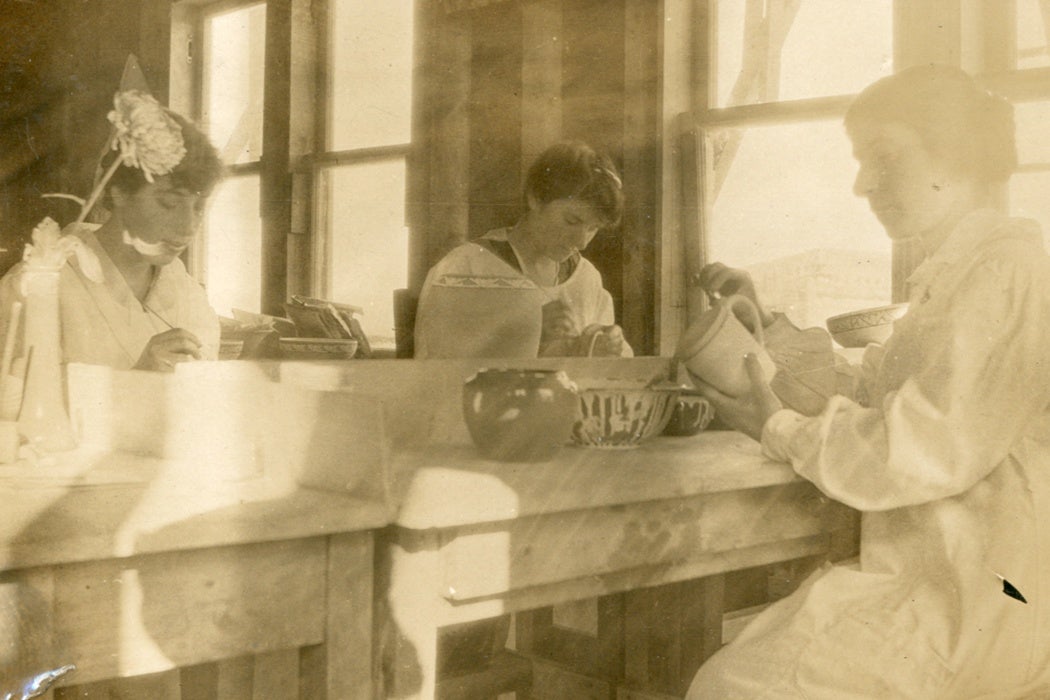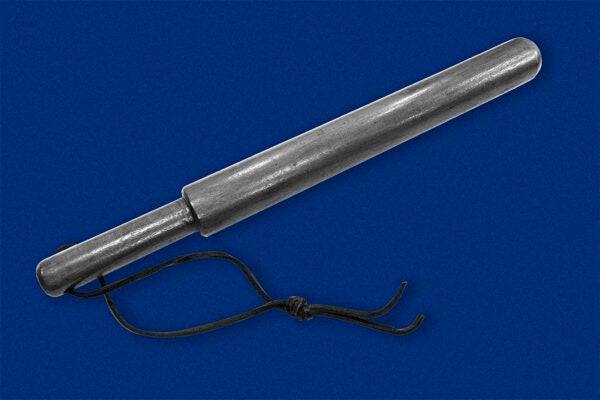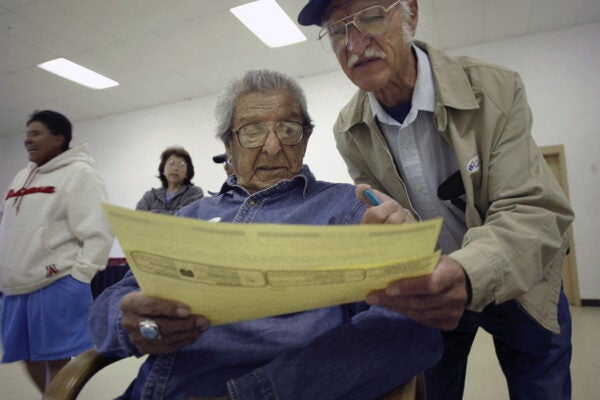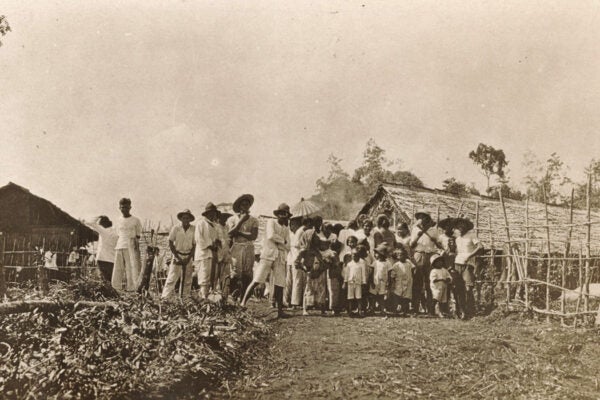Free, compulsory public education helped attract tens of millions of immigrants to the United States in the late nineteenth century. For many of those female immigrants and their daughters, that education ended abruptly when they became old enough to work. And yet a subset of that group went on to attend college and rise from factory workers to professions like teacher, social worker, and librarian. Many of them had one thing in common, writes Kate Clifford Larson: They were “Saturday Evening Girls,” members of a Progressive-Era club that afforded urban, Jewish, and Italian girls and women a chance at coveted social mobility.
Larson tells the story of the Saturday Evening Girls Club, a library club formed by a charitable institution and proto social service agency called the North Bennet Street Industrial School in 1899. The school was founded in response to a lack of industrial training opportunities in the city’s overcrowded city schools. The school’s founders were reformers eager to bring together philanthropic middle- and upper-class women with their immigrant sisters. The school was located in Boston’s North End, a community that included Jewish and Italian immigrants who had moved to the U.S. during a time of unprecedented immigration.
The school’s library was open to the public and became immensely popular—so popular that the school decided to offer opportunities for young women who did not attend the school to meet there and use its books and resources. The Saturday Evening Girls was just one of a multitude of Progressive-Era clubs, but it differed from other opportunities for immigrant and second-generation girls in its focus on the intellect, not domesticity. Members read books, discussed literature, heard talks, discussed news, and developed an interest in everything from social reform to business and medicine.
The club wasn’t just a chance for girls to improve on their truncated educations. Reformers made it clear that its purpose was to make the girls more moral, protect them from sexual promiscuity, and help them assimilate. Though immigrant parents often shared the first two goals, restricting their daughters’ movements and requiring strict chaperonage when they did appear in public, the third was not always welcome. Some members had to sneak out of the house to attend the clubs.
Together, members read books, discussed politics, even debated women’s suffrage. They started clubs for younger girls and even began a successful art pottery company, the Paul Revere Pottery. Members who had joined a club set up by reformers became social reformers themselves.
Weekly Digest
They also achieved more than their peers: As Larson notes, they regularly outpaced other women from immigrant families and native-born women in terms of college attendance and high school graduation—even those who had immediately gone to work after completing grammar school. At its height, the club and its offshoots had 250 members.
Though members of the SEG surpassed their fellow immigrants in terms of education, they stayed active within immigrant communities and helped one another succeed even as they assimilated. As Larson writes, they resisted “society’s limited expectations for them as working-class women and as immigrants”—just one example of the vibrant alternatives women can create for one another when they band together on behalf of all.







